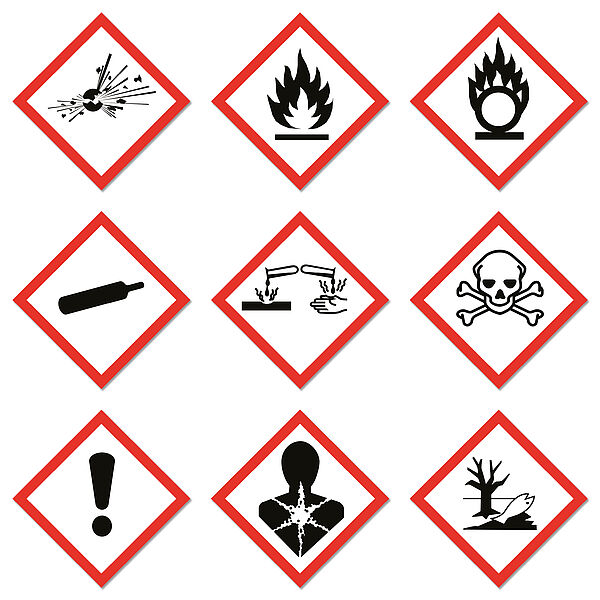CMR chemical agents: modification of Cosmetics Regulation 1223/2009
The European Union has submitted a new draft CMR4 Regulation to the World Trade Organization (WTO), which is to be adopted in the third quarter of 2021. The purpose of this draft Regulation is to prohibit or regulate substances classified as CMR by Regulation 2020/1182 (15th ATP to CLP) of August 2020.
What you need to remember:

The Annex II (prohibited substances) of Cosmetics Regulation 1223/2009 will be supplemented by 23 new entries.
In particular, the following will be prohibited:
- Butylphenyl methylpropional (allergen),
- Sodium hydroxymethylglycinate (preservative),
- Zinc pyrithione (which will therefore be deleted from Annexes III (substances subject to restrictions) and V (preservatives)).
The draft Regulation is necessary in order to implement the ban on the use of so-called CMR substances as cosmetic ingredients. CRMs are substances classified as carcinogenic, mutagenic or toxic for reproduction (CMR) by Regulation (EU) 2020/1182 (Link in French language). This regulation was adopted on the basis of Regulation (EC) 1272/2008 (the CLP Regulation) and will be applicable from 1 March 2022.
The adoption of this draft Regulation is necessary to ensure legal certainty and a high level of protection of human health.
Specifically, this draft Regulation provides for the modification of Cosmetics Regulation 1223/2009 by adding 23 new entries to Annex II (prohibited substances). The following substances are concerned:
- Zinc pyrithione (which will therefore be deleted from Annexes III (substances subject to restrictions) and V (preservatives)).
- Butylphenyl methylpropional (allergen)
- Sodium hydroxymethylglycinate (preservative)
To remain compliant in Europe, manufacturers who use these products will have to change the formulation of their cosmetic products.
To help you plan ahead and implement these modifications, WESSLING can:
- inform you of the details of this regulatory change
- help you monitor the substances in question in your raw materials and finished cosmetic products.
Your contact
- Frédéric Jeampierre
- +33 7 56 37 24 99
- frederic.jeampierre@wessling.fr




